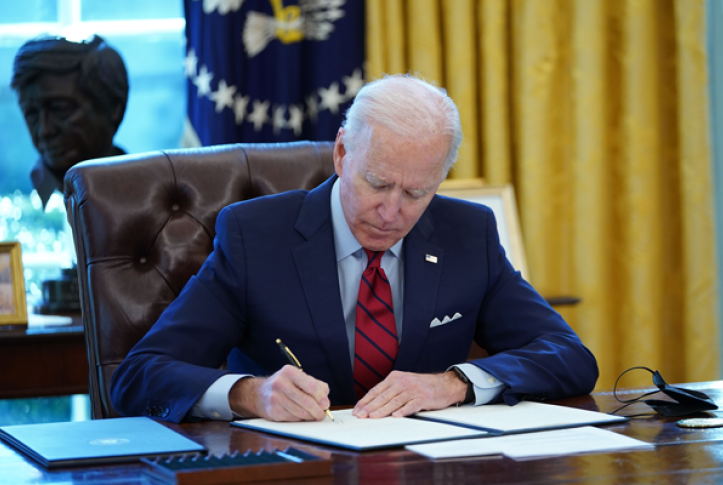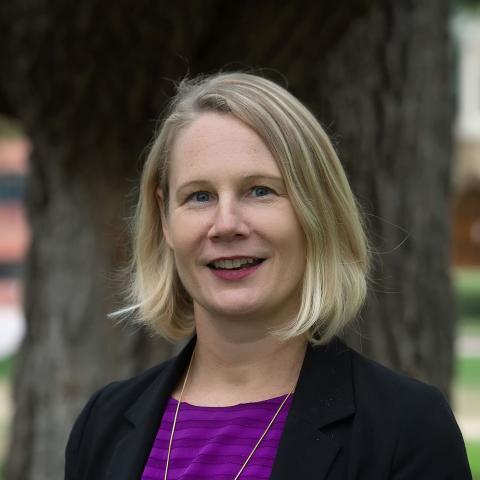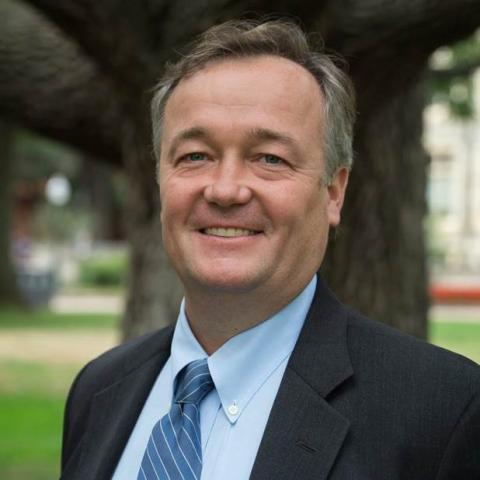Today, President Joe Biden signed an executive order to reopen the federal health insurance marketplace. Generally, marketplace enrollment outside the annual enrollment period is only available after specific life events, like aging off a parent’s health plan or losing job-based health insurance. Last year, in response to the COVID-19 pandemic, most state-based marketplaces (SBMs) opened a special enrollment period (SEP) to allow people who had missed the annual window to access marketplace coverage and premium subsidies. Despite calls to open a similar SEP in the 38 states that rely on the federal marketplace, the Trump administration opted not to do so, citing concerns over adverse selection that could cause premium increases. But preliminary enrollment data from the SBMs’ SEPs in 2020 indicate otherwise: reducing barriers to SEPs may actually attract younger and subsequently healthier enrollees.
Fear of Adverse Selection Has Prevented Access to Coverage via Special Enrollment Periods
When the Affordable Care Act’s (ACA) insurance reforms were first implemented, some insurers alleged that people were abusing SEPs by signing up only when they needed health services, pointing to data suggesting SEP enrollees’ higher health care utilization. In response, federal regulators established gatekeeping mechanisms, such as preenrollment verification processes. Consumer advocates contend that these bureaucratic barriers are likely to deter all but the sickest individuals from accessing the already underused enrollment opportunity. Even before many restrictions were implemented, estimates suggested that less than 15 percent of the uninsured who qualify for SEPs ultimately enroll in marketplace plans. After the Obama administration tightened SEP requirements, there was a reduction in plan selections outside the open-enrollment period.
Marketplaces Can Counteract Potential Adverse Selection with Outreach and Marketing
During the COVID-19 pandemic and ensuing economic crisis, the marketplaces provided a source of subsidized coverage for people who became unemployed, experienced reduced income and hours at work, or otherwise lost access to health insurance. In addition to opening a new SEP for the uninsured, many SBMs conducted outreach campaigns about enrollment opportunities. For example, Colorado’s marketplace offered supplemental funding to its enrollment assisters and Maryland’s marketplace shifted most of its remaining marketing budget to virus response. Some SBMs, including in the District of Columbia, Massachusetts, and Washington, worked with state agencies to provide enrollment information to people applying for unemployment insurance.[1]
Young People Signed Up in COVID-19 Special Enrollment Periods
Efforts to cast a wide net by creating a broad SEP for the uninsured and investing in marketing and consumer assistance paid off. Most SBMs saw an increase in SEP sign-ups in the first half of 2020 compared to the same period in 2019, with some experiencing a 40 percent increase. Several SBMs that launched marketing campaigns saw a higher share of young adults using SEPs. The relative increase in younger enrollees in these SBMs appears to contradict claims that reducing SEP barriers inevitably leads to adverse selection; younger enrollees are crucial to a balanced risk pool.
Some State-Based Marketplaces See a Greater Share of Younger Enrollees Through Special Enrollment Period Sign-Ups in 2020
- Colorado’s marketplace had a higher proportion of enrollees under age 35 when they opened an SEP for the uninsured during the COVID-19 pandemic, compared to enrollees who signed up during the annual open-enrollment period.
- In the District of Columbia, as of August 30, 2020, enrollees ages 18 to 34 made up 53 percent of all SEP sign-ups on the individual market, greater than the share of individual enrollees in that age range who signed up during the open-enrollment period for 2020 (37.5%).
- In Massachusetts, people enrolling through the COVID-19 SEP for the uninsured were more likely to be between the ages of 18 and 34 than existing marketplace members; 40 percent were in this age range compared to 32 percent of all marketplace enrollees.
- The Maryland, Rhode Island, and Washington marketplaces also experienced a larger proportion of younger enrollees through SEPs in 2020 compared to the open-enrollment period or overall marketplace population.
Data: Data provided to authors by state-based marketplaces and through publicly available information linked above.
While age is an indicator of risk, younger enrollees are not always healthier; researchers found higher claims costs among enrollees who signed up through SEPs in early years of the ACA marketplaces even though enrollees were younger, on average, than those who signed up during the open-enrollment period. However, researchers spotting this potential issue pointed out that additional enrollment barriers, such as preenrollment verification requirements, could exacerbate the problem because only those most in need of health care services are likely to commit the time and effort to enroll. Robust outreach and marketing efforts to attract healthier individuals can help. After announcing a broad SEP for the uninsured and engaging in marketing and outreach efforts, California saw an improvement in relative risk scores of 2020 SEP enrollees.
Enrollment gains among young adults suggest that offering additional opportunities to enroll in health insurance during the COVID-19 pandemic — and importantly, broadcasting those opportunities — counteracts adverse selection problems in marketplace plans.
Looking Ahead
The COVID-19 pandemic continues to ravage the United States. Health insurance provides financial protection for individuals and families who are vulnerable to job and income losses because of the recession. Many, particularly if they are currently uninsured, do not qualify for marketplace plans or premium subsidies outside of the open-enrollment period because of the limited circumstances that trigger an SEP, and the prior coverage requirements attached to some of the opportunities. In 2020, SBMs demonstrated that lowering barriers to SEPs and investing in outreach and consumer assistance can expand coverage options without necessarily leading to adverse selection. Per the executive order signed today, the Biden administration will open a temporary SEP from February 15 to May 15. The administration also should invest in outreach efforts to inform the uninsured about the opportunity to get coverage. Other reforms, such as an SEP for those without employer coverage who experience job loss, would further increase access to coverage.






